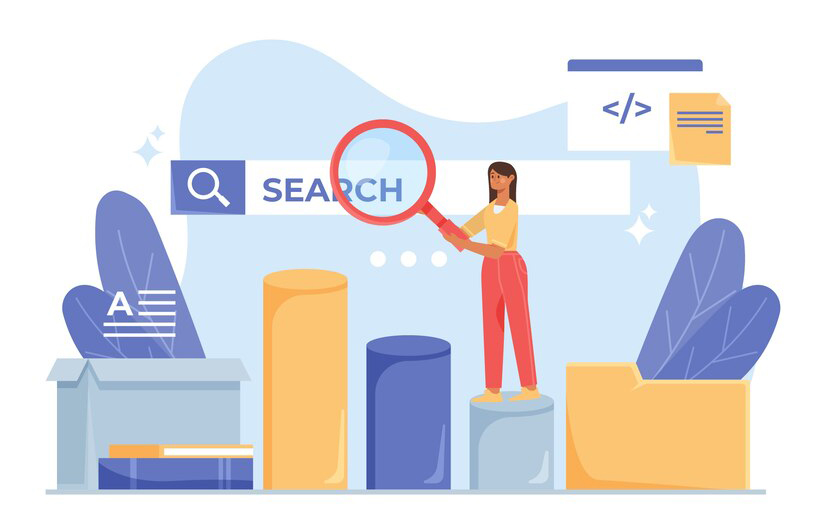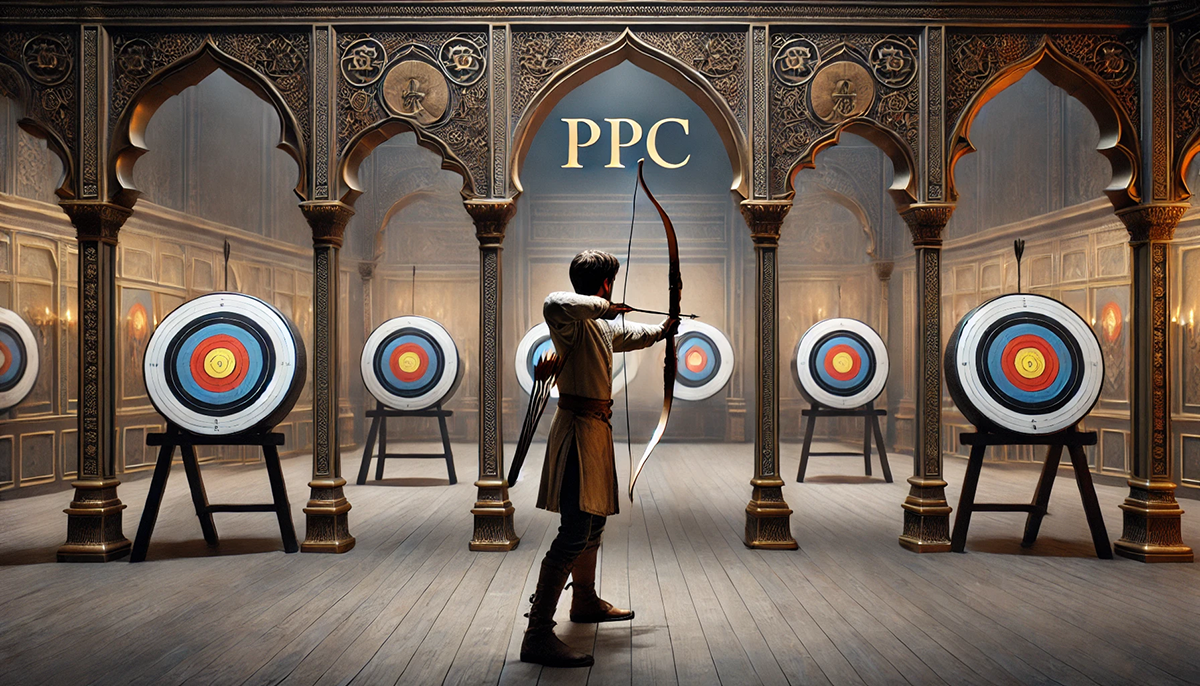content
Pay-Per-Click (PPC) advertising is one of the most effective ways to attract a target audience and increase your business’s visibility. However, its success heavily depends on selecting the right targeting strategies. This article examines the main types of targeting, their benefits, and how to use them.
Contextual Targeting
Contextual targeting works based on matching web page content with keywords or topics of your advertising campaign. For example, if you are advertising travel services, your ads may appear on travel blogs.
- Benefits: High relevance, engaging interested users.
- Where to apply: Google Display Network, thematic blogs, niche websites.
Keyword Targeting
This method is mainly used in search engines, which are integral to both the business lives and leisure of potential customers. Your ads appear when users input queries related to your keywords. For instance, the query “buy a laptop” triggers ads related to laptop sales.
- Match Types:
- Exact Match.
- Phrase Match.
- Broad Match.
- Benefits: Provides a high level of control over ad impressions.
- Where to apply: Google Ads, Bing Ads.

Detailed work on keywords deserves a separate discussion, so explore our blog for more on keyword matching. Remember to maintain the quality of your selected keywords and manage auction bids carefully. Add negative keyword lists to prevent budget waste on irrelevant clicks.
Geographic Targeting (Geo-targeting)
Geographic targeting allows you to focus your ads on users’ specific locations: country, city, or even a radius around a set point.
- Benefits: Suitable for local businesses (cafes, stores).
- Where to apply: Any platform with geolocation support.
Geo-targeting is critical for local businesses that cannot sell or offer services online. Although such campaigns simplify PPC management, higher bids may be required to outbid competitors, even when competition is low.
Demographic Targeting
This strategy targets ads based on demographic data such as age, gender, income level, or marital status.
- Benefits: Precise targeting of the audience.
- Where to apply: Google Ads, Facebook Ads.
In some countries, demographic targeting does not function fully due to local legislation and limited user-provided data. These approximations require testing audience groups.
Interest and Behavioral Targeting
Interest targeting is based on analyzing users’ online activities. For example, someone frequently visiting sports websites may see ads for sportswear.
- Benefits: Engages users with strong interests.
- Where to apply: Meta (Facebook/Instagram), YouTube.

This audience targeting works best in smart advertising campaigns that utilize behavioral signals and audience insights.
Remarketing/Retargeting
Remarketing interacts with users who have already engaged with your website or app.
- Examples: Displaying ads for items users added to their carts but did not purchase.
- Where to apply: Google Display Network, Facebook Pixel.
Effective remarketing requires well-segmented audiences. For instance, visitors of a landing page titled “How to Choose an Air Conditioner” are likely interested in buying such devices. Focus on those who interacted further with links on that page for better conversion readiness.
Time-Based Targeting (Dayparting)
This approach schedules ads for specific days or hours. For instance, restaurant ads may run during lunch hours.
- Benefits: Saves budget.
- Where to apply: Google Ads, Facebook Ads.
Optimal timeframes for conversions vary by business and can be identified in ad account analytics. Experiment with different creatives for different time slots, including night ads, to avoid overspending.
Device Targeting
This type of targeting focuses on users based on their devices (smartphones, tablets, PCs).
- Examples: Mobile ads for apps.
- Where to apply: Google Ads, TikTok Ads.

As mobile traffic dominates, optimizing ads for mobile devices is critical. However, it’s advisable to deprioritize targeting Smart TVs.
Platform/Channel Targeting
This strategy focuses on selecting specific platforms for ad placement (e.g., YouTube, Instagram).
- Benefits: Adaptable to content format.
Lookalike Audiences
This approach identifies new audiences with behaviors or characteristics similar to your existing customer base.
- Where to apply: Facebook, Google Ads.
AI-based analysis supports lookalike audience creation, though testing for interest alignment is necessary.
Customer List Targeting (Customer Match)
This method involves uploading contact lists to display ads to current or potential clients.
- Where to apply: Google Ads, Meta.
Recent Google rules limit the collection and processing of user data. Be cautious to avoid account bans.
How to Choose the Right Targeting Type
The choice depends on your business goals:
- To increase brand awareness, use broad interest-based audiences.
- For higher sales, opt for remarketing and lookalike audiences.
- Local businesses benefit from geographic targeting.

Testing and analytics are key to determining the most effective strategies.
Conclusion
Choosing the best PPC targeting option can be challenging, but each method offers numerous opportunities to engage audiences. They have unique strengths and weaknesses, suitable for different business goals. Contextual and search targeting are foundational for any campaign, while additional strategies like remarketing, lookalike audiences, and geo-targeting refine ad customization.
Combining methods, experimenting with approaches, and analyzing results regularly ensure success. Flexible, evolving campaigns tailored to audience insights make PPC advertising a powerful growth tool for your business or clients.
Subscribe to our newsletter
